New hardware and software such as smart watches, virtual reality devices and Android L are the hotspots of current attention, but it cannot be ignored that the smart phone hardware has also reached a new year. Mobile phone manufacturers have been trying to increase product appeal through new designs, materials and features, but from the end of 2014 to 2015, the flagship phone is likely to return to the traditional, a new round of hardware through processor, battery life and other basic hardware. competition.
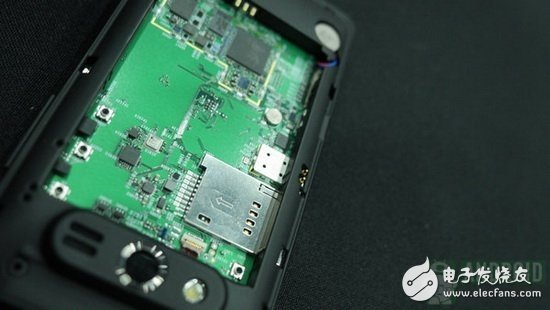
Snapdragon 808 and 810: 64-bit architecture, 4K video and faster speed
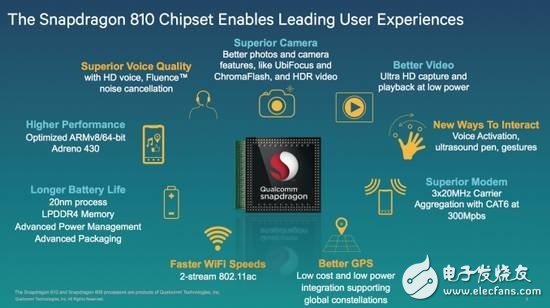
Up to now, Qualcomm's performance in 2014 is not surprising. The Snapdragon 801 and 805 processors are more processing performance than the previous 800, and there is little progress in the underlying architecture. Fortunately, the future Snapdragon 808, 810, will use the new Cortex-A50 core and ARMv8 architecture, simply 64-bit architecture, will be launched at the end of the year, it is expected that a large number of flagship phones will start using the next generation of Qualcomm processors .
Among them, Snapdragon 808 will have six cores, including dual-core Cortex-A57 and four low-power Cortex-A53, which can better allocate resources; and the graphics card will also adopt Adreno 418, the performance is slightly inferior to Snapdragon 805 Adreno 420 . The more advanced Snapdragon 810 is an 8-core processor, including four Cortex-A57 cores and four Cortex-A53s, as well as a more powerful Adreno 430 graphics card. The process will also break through Qualcomm's limitations over the years to 20nm performance. And the power consumption is even better.
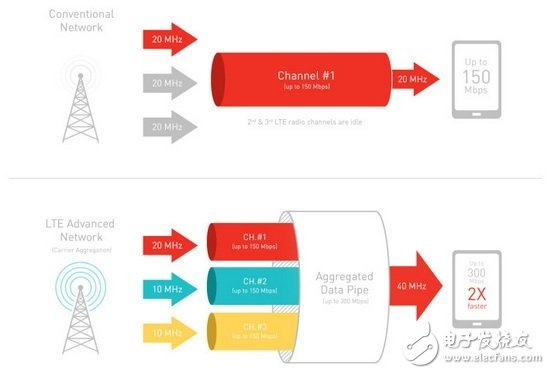
Qualcomm not only offers high-performance processors, but also integrates Soc to provide a wide range of modem and digital signal processing solutions. Both the Snapdragon 808 and 810 will integrate the new CAT 6 LTE-A chip, with theoretical data peaking at 300MBPs, double the previous level. In addition, Qualcomm plans to integrate high-speed Gigabit wireless short-range wireless technology on the Snapdragon 810, which is WiGig, to achieve higher LAN transmission speed.
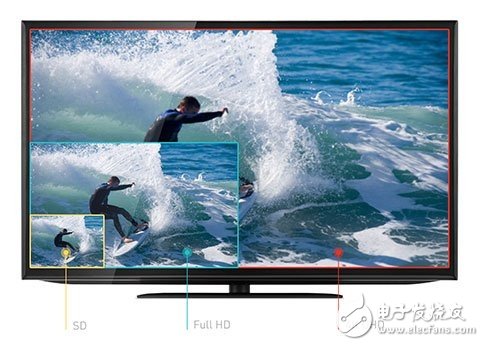
Not to be overlooked is the higher resolution video support brought by the new processor, including the use of H.264 format to shoot 4K video, of course, can also support playback. For the camera, the maximum support of 55 million pixels, 14 Bit dual image signal, compared to the 801 processor's 21 million pixel limit is a huge breakthrough.
Obviously, Snapdragon 808 and 810 will not only enable mobile phone manufacturers to create more powerful smart phones, but also increase the transmission speed and camera resolution of mobile phones. It is believed that manufacturers will develop more new models under strong performance. The function is very much looking forward to.
Better battery life?

Although the luxury new processor is really exciting, if the endurance is further reduced, then the smartphone is likely to need a single charge for a long time, which is obviously not what users expect. In addition, although the development of new batteries has not stopped, it will take time to perfect.
However, a recent study by Northwestern University is promising, using a new type of lithium-ion electrode to achieve 10 times the battery life of ordinary lithium ions. The design uses a compressed silicon and graphene charging layer to avoid lithium ion shrinkage and expansion, reducing battery fragmentation. In addition, graphene is also a popular next-generation conductive material that will be used to make supercapacitors for better performance, shorter charging times and longer power.
Unfortunately, these new technologies do not seem to have a major commercial breakthrough in 2015, so for mobile phone manufacturers, increasing battery capacity and built-in power saving mode is still the easiest solution.
More efficient components

If battery technology can't break through in a short time, then it's a more feasible way to make other mobile phone components run more efficiently.
First of all, it is the LCD screen. The screen is basically the most power-hungry part of the phone, especially the 2K screen with ultra-high resolution. More pixels means more power consumption, and how to improve is the key. The underlying panel technology like IGZO is very promising. Of course, Samsung is also further optimizing its AMOLED screen. MEMS screens invested by Qualcomm and Sharp are also expected to achieve lower power consumption.
In addition, the Cortex-A53 low-power core used by Qualcomm's new processors is also expected to better control the underlying hardware of the handset, and intelligent calls based on system requirements can help reduce the power consumption of basic tasks, thereby improving operational efficiency. Save electricity.
Larger storage space
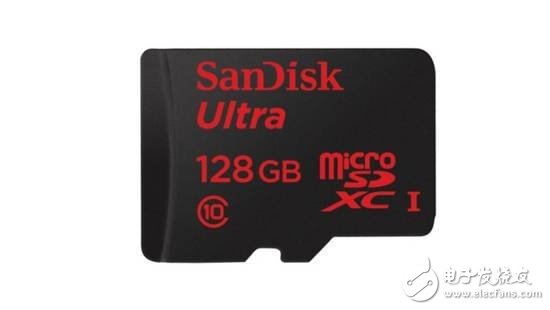
The arrival of Android L and 64-bit processors means that Android has begun to move into the 64-bit space, and the benefits are still very large, such as larger RAM and storage support. DDR4 is clearly a trend that not only improves performance by 50%, but also saves 40% of power consumption. With the combination of two modules, smartphone RAM can quickly reach 4GB.
Storage space is also rising, and 128GB micro SD memory cards are not uncommon. In addition, the eMMC 5.0 standard will also effectively increase the transmission speed to 400MB/s, which is double the previous eMMC 4.5.
to sum up
Obviously, the new smart phone technology will surprise us again from the end of 2014 to 2015. More efficient processing, better graphics effects, and ultra-clear images are all worth looking forward to. Of course, such as the performance of the battery is greatly improved, the smaller optical zoom lens technology, flexible display may not come so fast, but with the advancement of technology, I believe they are getting closer to us.
Why we need a battery tester?
A car battery dies, you replace or charge it, but it is hard to know when the battery is going to die. This 12 volt digital battery tester gives you the information about the life of your batteries, instead of guessing, or vaguely remembering. It also allows you to test a battery to see if the problem is the battery or your charging system before spending money for replacing parts unnecessarily.
Battery Tester Results:
GOOD BATTERY: The battery is in good condition.
GOOD-RECHARGE: The battery is in good condition but low current. Fully charge the battery and return it to service.
CHARGE & RETEST: Fully charge the battery and retest. Failure to fully charge the battery before testing may result in inaccurate results. If you still get CHARGE & RETEST message after you fully charge the battery, replace it.
REPLACE BATTERY: The battery is almost dead or the connection between the battery and battery cable is poor. Replace the battery and retest; or disconnect the battery cables and retest the battery using the out-of-vehicle test before replacing it.
BAD CELL-REPLACE: The battery may be damaged such as broken cell or short circuit. Replace the battery and retest
car diagnostic equipment,auto battery testers,automotive supplies,battery load testers,accurate car battery tester
Axiswell Technology Co., Ltd , https://www.medhealthycare.com